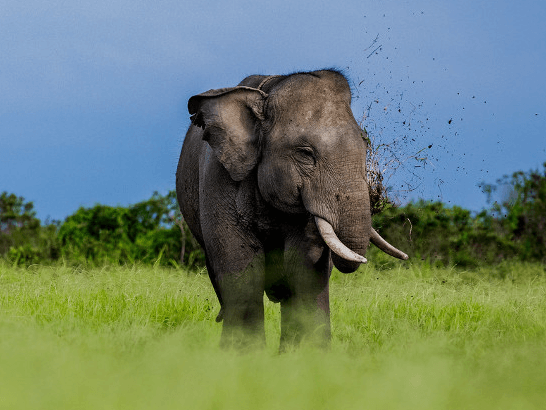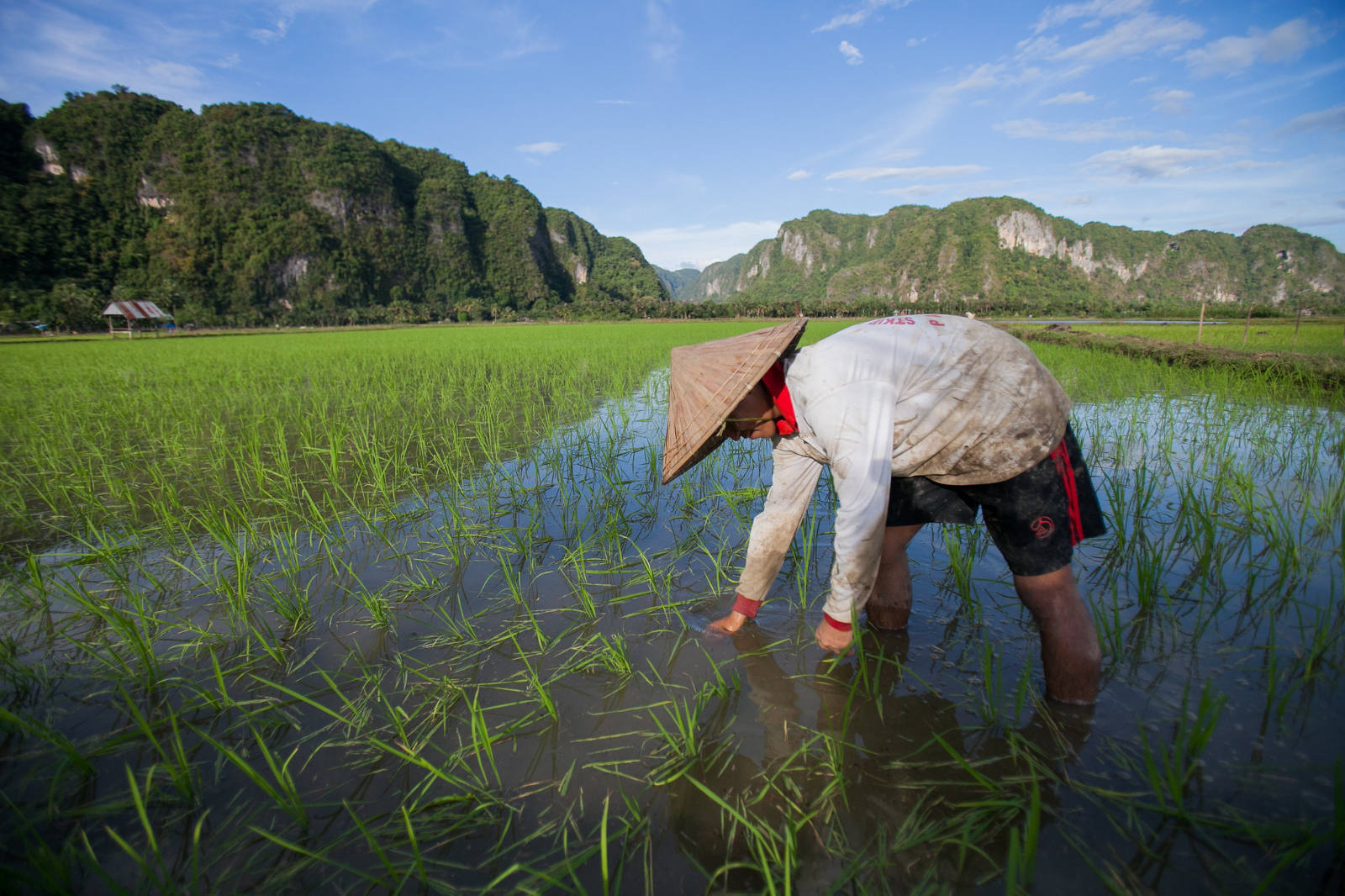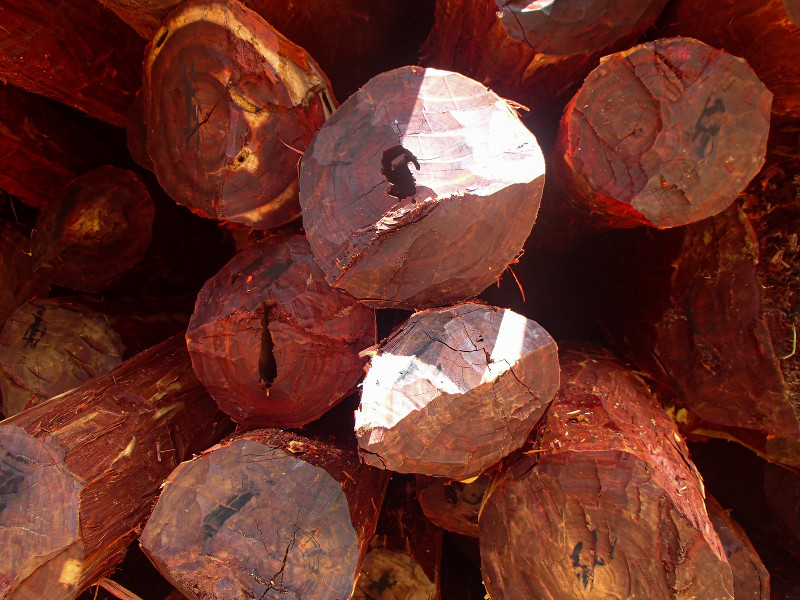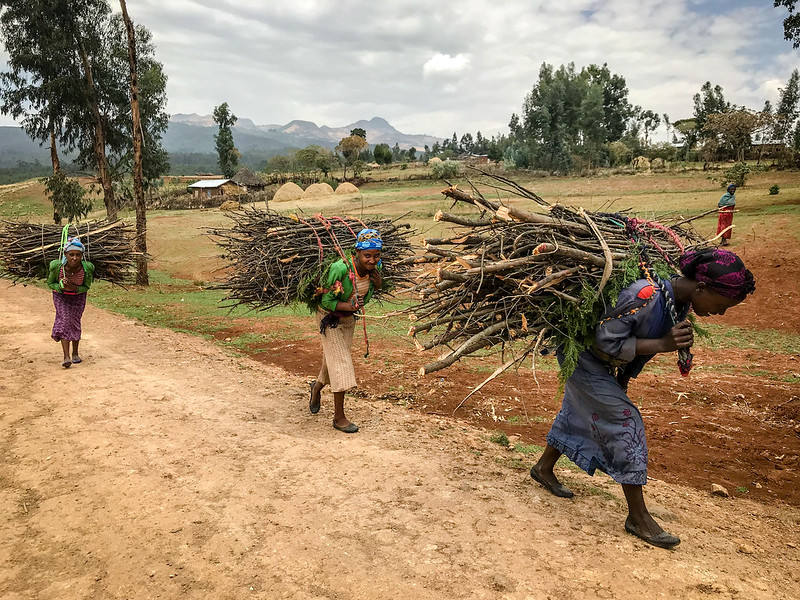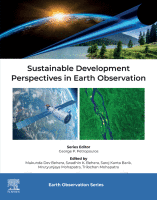Agroforestry is an integrated land use system that combines trees, crops, and livestock, providing essential ecological and socioeconomic benefits that contribute to sustainable agriculture and climate resilience. This approach enhances biodiversity, improves soil structure and water management, supports livelihoods, and reduces market vulnerabilities. Recognized for its role in advancing sustainable development goals, agroforestry promotes carbon sequestration, food security, and ecosystem services, aligning with global restoration efforts such as the United Nations Decade of Restoration. In India, agroforestry practices are adapted to various agroclimatic zones, supplying approximately 70% of the country’s timber needs and significantly bolstering the rural economy. Recent technological advances in geo-informatics and data analytics have strengthened agroforestry implementation by enabling efficient monitoring, species mapping, and site suitability assessments. However, challenges such as data accessibility and integration persist, requiring investment in digital technologies and public-private partnerships to maximize agroforestry’s potential in sustainable development. This chapter explores the multifaceted benefits of agroforestry, the role of technological innovations in its expansion, and strategies to overcome implementation barriers, offering a comprehensive perspective for policymakers, researchers, and practitioners.
DOI:
https://doi.org/10.1016/B978-0-443-14072-3.00018-6
Dimensions Citation Count:












